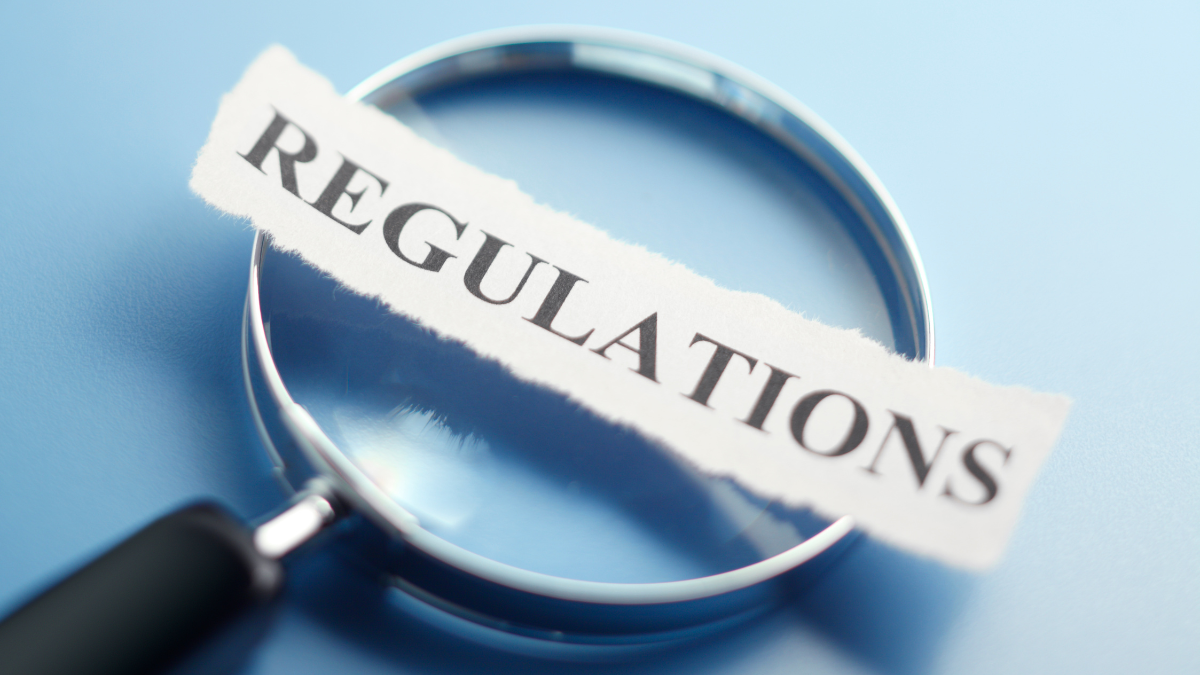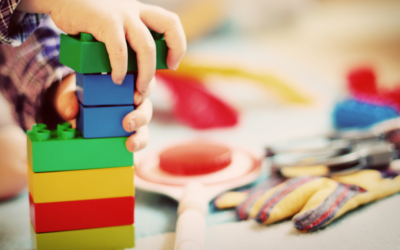All products, whether manufactured in the UK or you are importing from overseas, must, and we stress must meet all compliance regulations and EU standards, ensuring the product is safe for use and hence saleable.
If your product does not meet these requirements and includes specific kite marks and documentation, you can face severe fines, prosecution, and even product recalls, affecting sales and business reputation.
When manufacturing in the UK, communication regarding compliance and standards is often not a concern. However, when procuring overseas, when you are not there to oversee production, various parties are involved throughout the supply chain, and there are barriers to communication and understanding, guaranteeing compliance is not as straightforward.
So how do you know your product meets all requirements, and whose responsibility is it to ensure consistently high standards, best practices, and specific kite marks are adhered to? Let us explain.
Your responsibility
If you procure products overseas and manufacturing takes place in China, for example, then it is the importer who is responsible for all compliance aspects as they are the legal manufacturer.
This means as a UK retailer procuring products from overseas, you must know and have a clear understanding of all regulations relating to your market, your target market, the product you are manufacturing, selling, and more.
You are then responsible for communicating these to your chosen overseas manufacturer and any other suppliers involved in your supply chain AND ensuring that everyone delivers on these.
We like to think that everyone you choose to work with within your supply chain is responsible for checking compliance and ensuring high standards. However, it is still your duty to ensure everyone understands their responsibilities and appropriate checks are carried out.
Areas to consider:
CE Kitemarking
CE kite marking is a non-negotiable requirement if you are importing or exporting to an EU member state. Showing regulators, authorities, and consumers that your product complies with all applicable EC directives/regulations, and safety requirements – (note: technical standards can differ depending on product type).
Important note: We are aware of reports stating that only 5-10% of Chinese manufacturers can produce compliant goods. This is not to say these manufacturers aren’t good or producing high-quality goods; they are. However, this statistic is a reminder that CE markings are product-based, not factory based, i.e., it is a quality check applied to each separate product order depending on requirements.
Quality checks
Without the appropriate quality checks and CE stamps, your product may never reach the country for which it is destined. Authorities at customs have the power to check, hold, seize, and destroy any incoming shipments that are not correctly labelled or don’t come with the required documentation.
This means you must:
Implement a regular testing and certificate procedure – existing certificates will not be suitable. Always verify certificates and be aware of bogus certificates and what these look like.
Show your `Declaration of Conformity – clear and transparent information covering product identification, product features, the contact details of both the manufacturer and the importer, the list of EN standards, and the named responsible person/team. Your `Declaration of Conformity highlights how compliance is achieved.
Produce an extensive technical file. The technical file is a requirement from the importer to the chosen manufacturer covering all technical aspects of the product, i.e., testing, quality control procedures, product descriptions, designs, standards, risk assessments, etc. Everyone involved in your supply chain should have access to your technical document.
Have a test report available. Customs can often request copies of your test reports to check compliance and ensure standards before completing the importing process; always have a copy of your test reports available upon request.
Note: It is your responsibility, not the manufacturer’s, to produce all documentation.
How we can help
We know that when procuring products in China, the scope of regulation can differ, meaning product compliance can require so much more to ensure products are both safe and saleable.
We also understand that communication can be challenging when procuring from overseas and the main obstacle to achieving 100% compliance.
That’s why with our years of experience offering complete procurement solutions, working across supply chains of all sizes, and having teams on the ground in Xiamen, China, we provide procurement solutions that work.
We work with manufacturers with the technical expertise and manufacturing capability to produce CE-compliant products, avoiding communication misunderstandings, and conducting quality and testing checks at regular intervals.
Working with set documentation and technical files, we work closely with you and the manufacturer to ensure everyone is aware of expectations and requirements. Communication is clear, transparent, and includes specific instructions.
When it comes to quality checks and sampling, we build this into processes and systems. Ensuring checks are matched against pre-agreed samples to ensure consistency and continuous high quality. We aim through quality control checks to guarantee the integrity of a product before you enter into mass production.
We remain up to date and on top of all new regulations that come into effect, ensuring your products remain compliant and you have all relevant certificates and supporting documentation.
The process of procuring products overseas comes with many benefits; however, we understand it is complex and involves many regulations.
Communication with a clear understanding of responsibilities is essential, and the team at GHL is on hand to help. Call us today at 02922 671826 or check out our procurement solutions online



